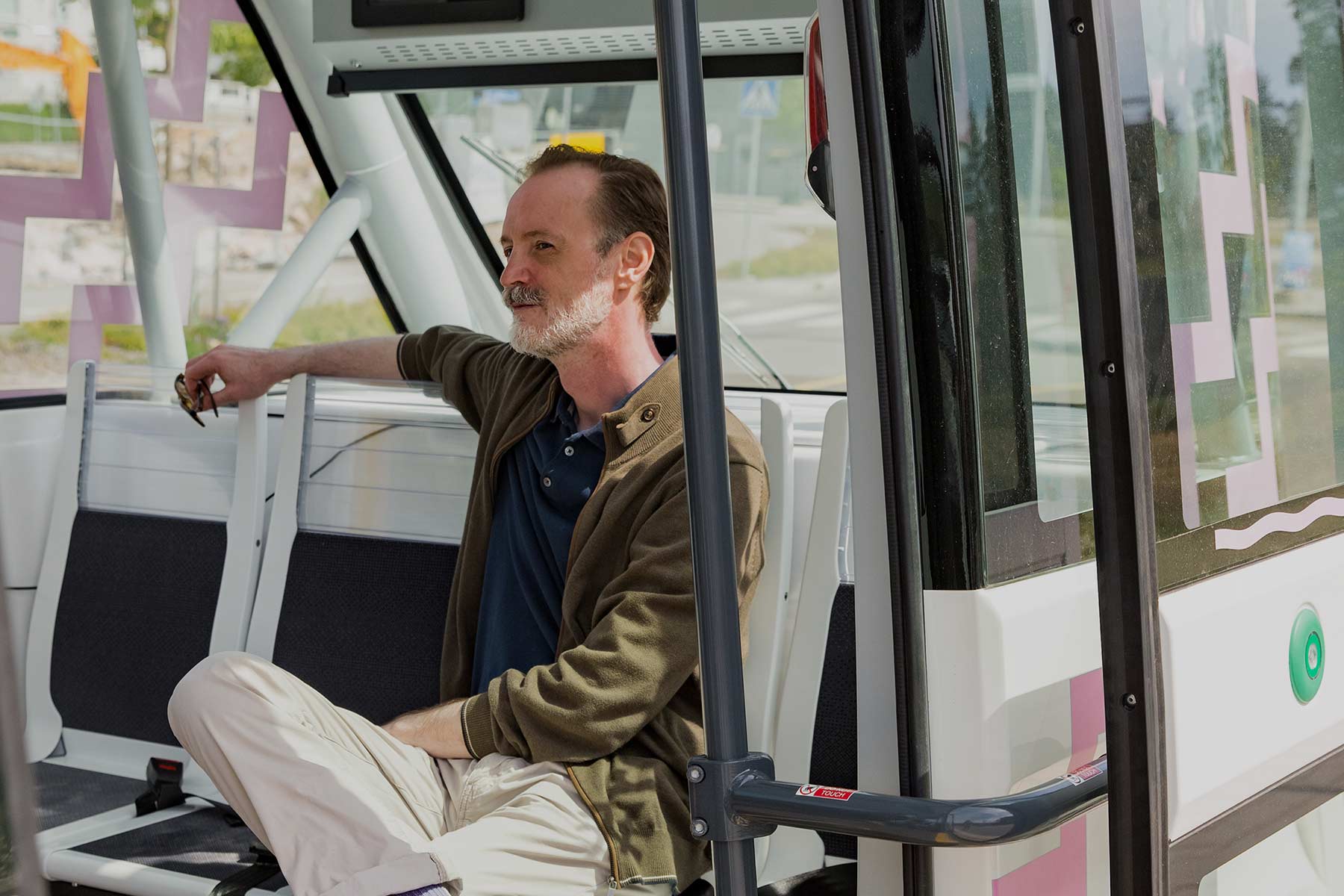When women don’t feel safe using public transport – what are the possible consequences ?
It can impact their lives in many ways. For example:
– They might skip educational programs or evening classes because getting there means a commute to or from a dark and sketchy area.
– They might turn down job opportunities if it means commuting during rush hours and risking harassment or having to walk longer distances or wait at stops in desolate or dark areas.
– They may feel a need to go by taxi or having to own a private car, which eats into their budget.
– They might stay home more often than they’d like, missing out on social interactions and activities.
Demand-Responsive Transport (DRT or on-demand mobility) offers safe and reliable transport options. Here’s how:
– DRT can provide door-to-door services or safe pickup points.
– With real-time monitoring, vehicles are tracked during the ride.
– Flexible schedules mean women can get to work or classes at any time.
– DRT can serve areas that regular public transport doesn’t reach.
– It’s often cheaper than taxis, making safe rides more affordable.
By addressing the public transport issues that women often face, DRT services can help them access more opportunities and enjoy their daily lives to the fullest.
*****************
Did you know that a 2023 survey* by British Transport Police found that over a third of women have experienced sexual harassment or offences while commuting by train or tube?






